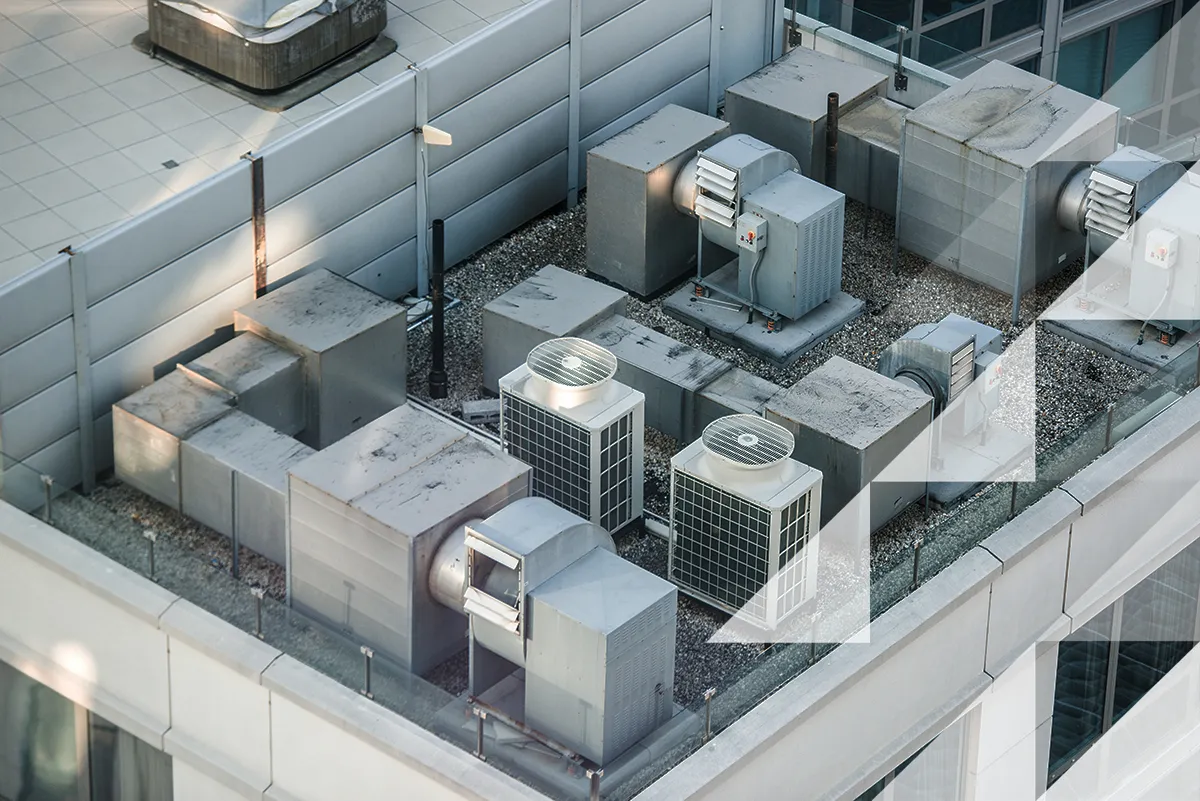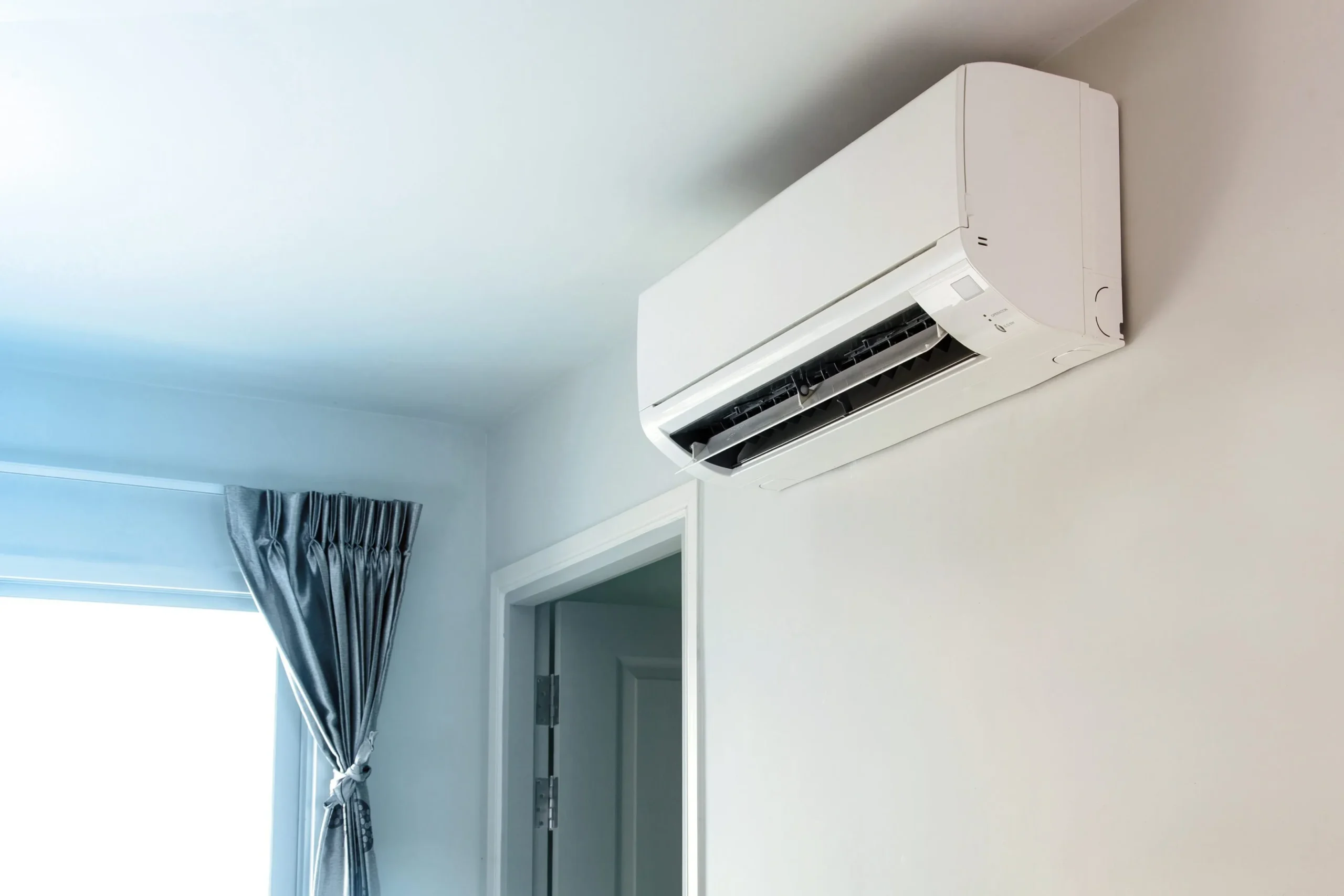When you walk into your home or office, the last thing you want is to feel too hot or too cold. Comfort is key, and one of the most effective ways to ensure a consistent, comfortable environment is through a zoning system in your air distribution system unit. But what exactly is a zoning system, and how does it improve comfort? Let’s dive in.
Introduction to Zoning Systems
Imagine your home as a loaf of bread, and each slice represents a different room. Just as some slices might be thicker or thinner, every room in your home has its own unique needs for heating and cooling. A zoning system in your air distribution system unit is like having a separate toaster for each slice, allowing you to control the temperature independently in different areas of your home or office.
What is a Zoning System?
A zoning system divides your space into different zones, each with its own thermostat, allowing for precise control over the heating and cooling in those areas. This system is integrated into your air distribution system unit, ensuring that every room is comfortable, no matter its size or location.
How Zoning Systems Work
Zoning systems use a series of dampers within your air ducts to direct airflow to specific areas or zones. Each zone has its own thermostat, which communicates with a central control panel. When a zone requires heating or cooling, the dampers open or close to direct the conditioned air where it’s needed most.
Thermostats and Dampers: The Backbone of Zoning
The thermostats are the brains of the operation, constantly monitoring the temperature in each zone. The dampers act as the muscles, opening and closing to control airflow based on the thermostat’s commands. Together, they ensure that your air distribution system unit delivers the right amount of heating or cooling to each zone.
Benefits of Zoning Systems
Zoning systems offer a variety of benefits, from increased comfort to energy savings. By only heating or cooling the areas that need it, zoning systems can significantly reduce energy consumption, leading to lower utility bills.
Enhanced Comfort
With a zoning system, you no longer have to deal with hot or cold spots in your home or office. Each zone can be set to the desired temperature, ensuring everyone is comfortable, no matter where they are.
Energy Efficiency
Since zoning systems allow you to only heat or cool the areas that are in use, they can reduce your energy consumption by up to 30%. This not only saves you money but also reduces your carbon footprint.
Residential Zoning Systems
In homes, zoning systems are particularly useful for managing the varying heating and cooling needs of different areas. For instance, a sunny upstairs bedroom might need more cooling than a shaded living room downstairs.
Tailored Comfort for Every Room
Whether it’s the living room, kitchen, or bedroom, each area of your home can have its own climate control, ensuring that everyone in the household is comfortable.
Commercial Zoning Systems
In commercial spaces, zoning systems are essential for maintaining a consistent environment across large areas with varying occupancy levels. They are particularly beneficial in buildings with multiple floors, where temperature needs can differ significantly from one level to another.
Optimized Comfort for Employees and Customers
A comfortable environment is crucial for both employee productivity and customer satisfaction. Zoning systems allow businesses to maintain the ideal temperature in each area, ensuring everyone is comfortable and happy.
Energy Efficiency and Cost Savings
Zoning systems are not just about comfort—they’re also about saving energy and money. By only heating or cooling the areas that are in use, you can significantly reduce your energy consumption, leading to lower utility bills.
Smart Energy Management
With the ability to control the temperature in different zones, you can avoid wasting energy on empty rooms or unused areas, making your air distribution system unit more efficient.
Common Components of a Zoning System
A typical zoning system consists of thermostats, dampers, a central control panel, and sometimes additional sensors. These components work together to regulate the temperature in different zones of your space.
Thermostats: The Control Centers
Each zone has its own thermostat, which allows you to set the desired temperature for that area. The thermostat communicates with the central control panel, which then adjusts the dampers accordingly.
Dampers: Directing Airflow
Dampers are installed within the ductwork and are responsible for controlling the airflow to each zone. They open or close based on the commands from the thermostat, ensuring that the right amount of air reaches each area.
Installation and Maintenance
Installing a zoning system requires careful planning and should be done by a professional. Regular maintenance is also essential to ensure that the system continues to operate efficiently.
Professional Installation
A professional installer will assess your space, determine the best way to divide it into zones, and install the necessary components. This process may involve modifying your existing ductwork and adding new thermostats.
Maintenance Tips
Regular maintenance is key to keeping your zoning system running smoothly. This includes checking the dampers and thermostats, cleaning or replacing filters, and scheduling annual inspections with a professional.
Choosing the Right Zoning System
When selecting a zoning system, it’s important to consider the size of your space, the number of zones you need, and your budget. Consulting with a professional can help you make the best choice for your specific needs.
Factors to Consider
Consider the size of your home or office, the number of rooms or areas you want to control, and your budget. A professional can help you choose the right system that meets your needs and fits your budget.
In conclusion, zoning systems in air distribution units are an excellent way to enhance comfort in both residential and commercial spaces. By allowing for precise control over the temperature in different areas, these systems not only improve comfort but also offer significant energy savings. Whether you’re looking to upgrade your home or improve the efficiency of your office, a zoning system is a smart investment that can pay off in comfort and cost savings.



 Previous Post
Previous Post


